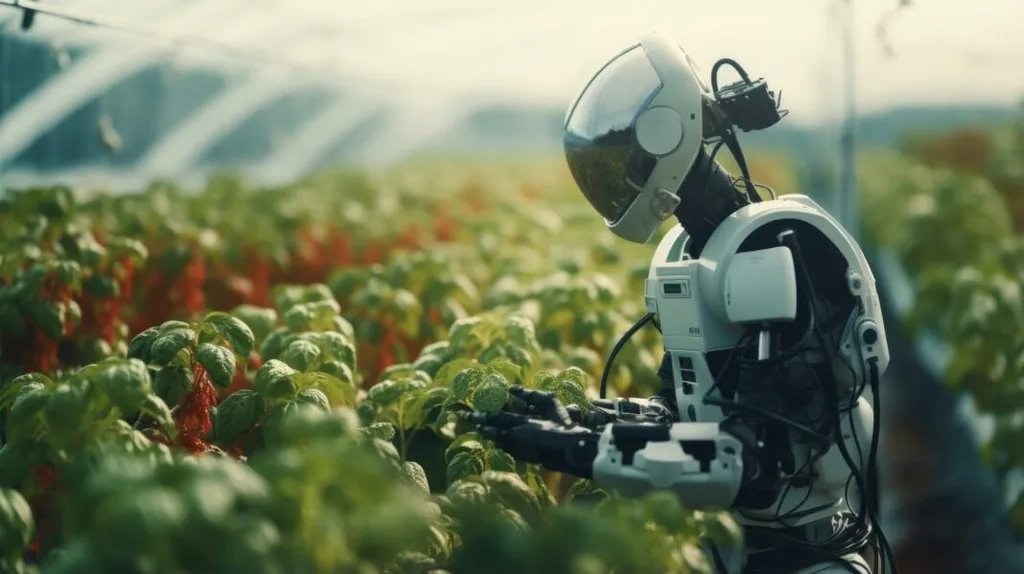In the face of climate change, the agricultural sector is turning to innovation, drawing inspiration from the digital revolution that has transformed other industries. A recent editorial published in the journal *Frontiers in Plant Science* (translated from Italian as “Frontiers in Plant Science”) explores how a “4.0 approach”—borrowing principles from Industry 4.0—could revolutionize farming practices, making them more sustainable and resilient. The piece, authored by Angelo Cardellicchio of the Istituto di Sistemi e Tecnologie Industriali Intelligenti per il Manifatturiero Avanzato (CNR-STIIMA) in Bari, Italy, delves into the potential of precision agriculture, deep learning, artificial intelligence (AI), and robotics to reshape the future of food production.
Cardellicchio argues that the integration of advanced technologies into agriculture is not just a trend but a necessity. “Climate change is altering growing conditions, and traditional farming methods are increasingly inadequate,” he explains. “By adopting a 4.0 approach, we can enhance efficiency, reduce waste, and mitigate the environmental impact of agriculture.” This approach involves leveraging data analytics, automation, and AI to optimize every aspect of farming, from soil management to crop monitoring and harvesting.
One of the key areas highlighted in the editorial is precision agriculture, which uses sensors, drones, and satellite imagery to collect real-time data on soil health, moisture levels, and crop conditions. This data is then analyzed using deep learning algorithms to make informed decisions about irrigation, fertilization, and pest control. “Precision agriculture allows farmers to tailor their practices to the specific needs of their crops, reducing resource use and increasing yields,” Cardellicchio notes. “This not only improves profitability but also contributes to sustainability.”
The editorial also emphasizes the role of robotics and automation in agriculture. Autonomous tractors, robotic harvesters, and drones equipped with AI can perform tasks with greater accuracy and efficiency than human labor. These technologies can operate around the clock, reducing labor costs and increasing productivity. “Automation is particularly valuable in regions facing labor shortages or where manual labor is expensive,” Cardellicchio observes. “It can also help mitigate the risks associated with climate change, such as extreme weather events and unpredictable growing seasons.”
The commercial implications of these innovations are significant, particularly for the energy sector. As agriculture becomes more data-driven and automated, the demand for energy-efficient technologies and renewable energy sources is likely to grow. Solar-powered irrigation systems, wind turbines for on-farm energy production, and energy-efficient machinery are just a few examples of how the agricultural and energy sectors can collaborate to create a more sustainable future.
The editorial concludes by calling for greater investment in research and development to accelerate the adoption of these technologies. “The transition to a 4.0 approach in agriculture requires collaboration between researchers, policymakers, and industry stakeholders,” Cardellicchio states. “By working together, we can develop solutions that are not only technologically advanced but also socially and environmentally responsible.”
As the world grapples with the challenges of climate change, the insights presented in this editorial offer a glimpse into a future where agriculture is not only more productive but also more sustainable. By embracing innovation and leveraging the power of technology, the agricultural sector can play a crucial role in building a resilient and sustainable food system for generations to come.

